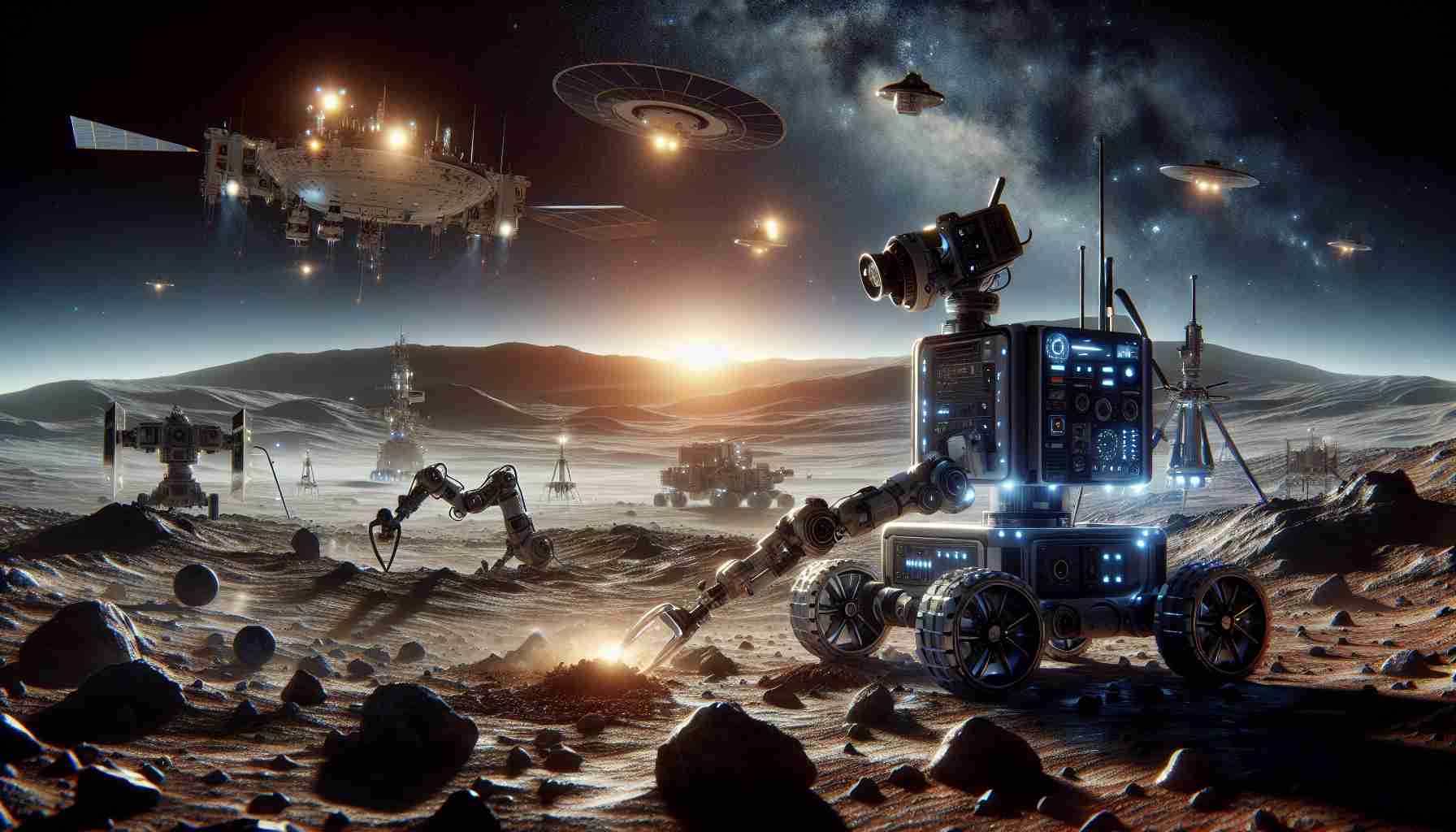In the realm of space exploration, the integration of robotic technology has emerged as a pivotal advancement. These sophisticated robotic arms are not merely tools; they serve as the backbone of many critical operations in extraterrestrial environments where human intervention is often fraught with peril.
On the International Space Station (ISS), a highly maneuverable robotic arm plays a crucial role in ensuring the smooth docking of supply spacecraft and provides essential support to astronauts during their spacewalks, enabling them to perform intricate tasks with greater safety and precision.
Moreover, the Mars exploration rovers, namely Spirit, Opportunity, and Curiosity, have all been equipped with specialized robotic arms. These arms are tailored to perform various scientific experiments, enabling researchers back on Earth to gather vital information about the Martian environment. Each arm, though distinct in design and capabilities, is meticulously engineered to overcome specific challenges and achieve set objectives.
This burgeoning field of robotics not only reduces the risk associated with human spaceflight but also enhances our ability to explore and study environments that would otherwise remain inaccessible. As we continue to push the boundaries of knowledge beyond our planet, the role of robotic technology will undoubtedly expand, offering new avenues for discovery and innovation in the vast cosmos.
FAQ Section
1. What is the significance of robotic technology in space exploration?
Robotic technology is crucial in space exploration as it allows for operations in hazardous environments without endangering human lives. These robots perform essential tasks that support missions and gather scientific data.
2. How does the robotic arm on the International Space Station (ISS) function?
The robotic arm on the ISS is highly maneuverable and assists in docking supply spacecraft. It also aids astronauts during spacewalks, allowing them to conduct intricate repairs and experiments safely and precisely.
3. What are the Mars exploration rovers, and what role do their robotic arms play?
The Mars exploration rovers, such as Spirit, Opportunity, and Curiosity, are equipped with specialized robotic arms designed to perform scientific experiments. These arms help researchers collect essential data about Mars, addressing specific challenges faced in the Martian environment.
4. What are the benefits of using robots in space missions?
Using robotic technology in space reduces the risks associated with human spaceflight, allows for exploration of extreme environments, and enhances our capacity to conduct scientific research beyond our planet.
5. How might robotic technology evolve in future space missions?
As technology advances, the role of robots in space exploration is expected to grow further, potentially developing more sophisticated capabilities to explore and study inaccessible areas of space and planets.
Key Terms and Definitions
– **Robotic Arm**: A programmable mechanical arm that assists in performing various tasks, notably in space missions.
– **International Space Station (ISS)**: A large spacecraft in low Earth orbit that serves as a home and workplace for astronauts.
– **Mars Exploration Rovers**: Robotic vehicles designed to explore the surface of Mars and conduct scientific experiments. Examples include Spirit, Opportunity, and Curiosity.
– **Extraterrestrial**: Relating to or denoting anything that exists beyond the Earth.
Suggested Related Links
NASA
European Space Agency
Jet Propulsion Laboratory
SpaceX
